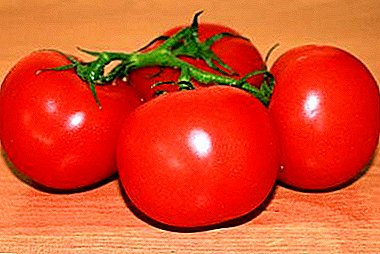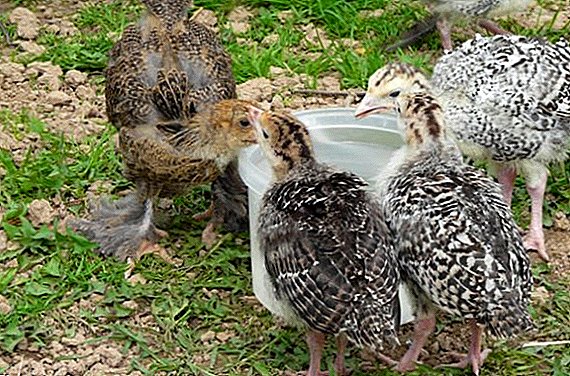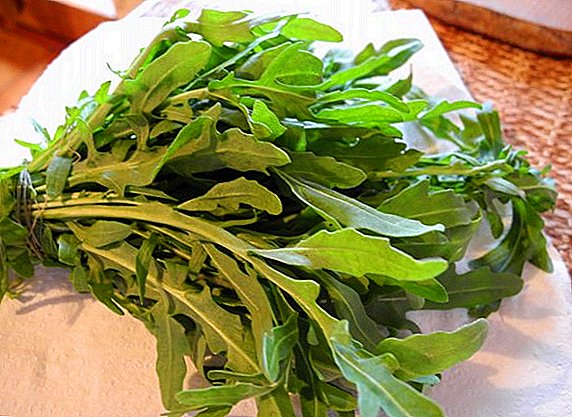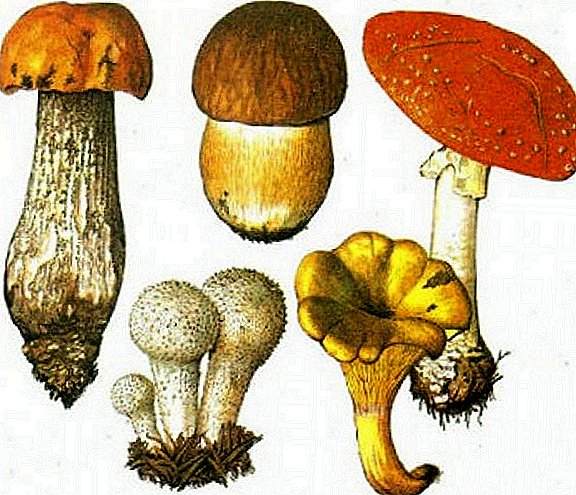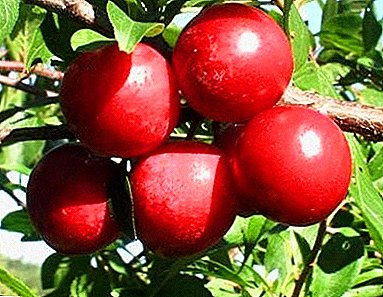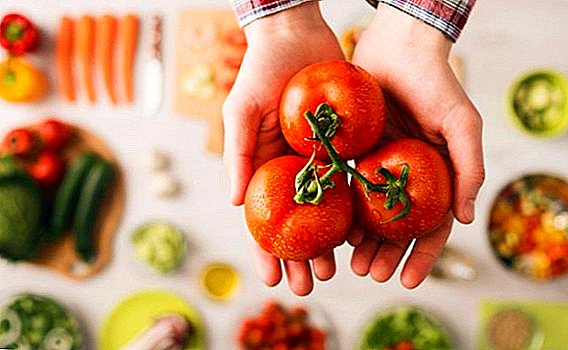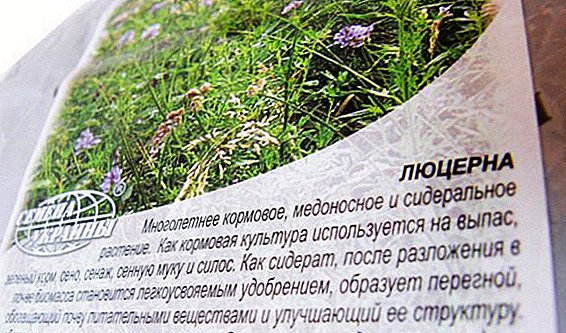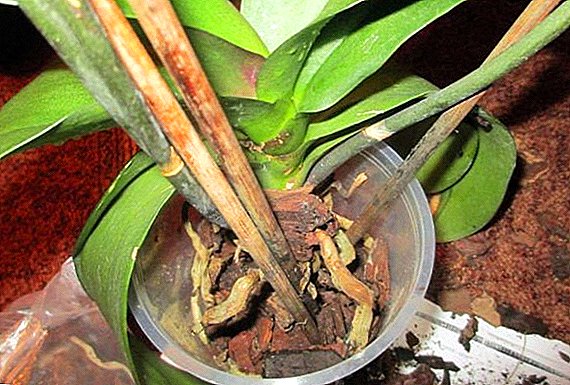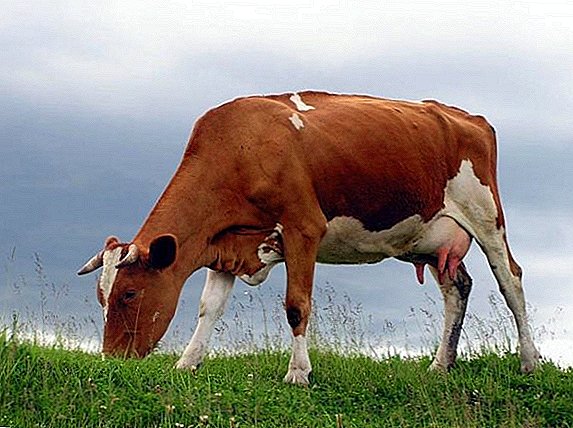 Bestuzhev cows are hardy animals with high productivity and excellent adaptive abilities. They appeared on the territory of the Russian Empire, therefore, it is able to tolerate the conditions of the continental climate well.
Bestuzhev cows are hardy animals with high productivity and excellent adaptive abilities. They appeared on the territory of the Russian Empire, therefore, it is able to tolerate the conditions of the continental climate well.
Breed history and description
Bestuzhevskaya breed of cows is one of the oldest in the post-Soviet space. She was bred back in 1780.
Origin
At the end of the 18th century, meat shorthorns, Dutch dairy cattle and representatives of the Simmental breed were brought from Europe. All animals were delivered by breeder S.P. Bestuzhev. Next, Bestuzhev crossed the imported breeds with local ones, while carefully selecting cows for productivity.  As a result of such crossings, he managed to get quite large in size disease-resistant animals.
As a result of such crossings, he managed to get quite large in size disease-resistant animals.
Farmers should consider the most common meat and dairy breeds of cows: Caucasian brown, Sychevskaya, Schwyz, Yakut and Krasnogorbatov.
Standard
The main external characteristics of the breed:
- height at withers reaches 135 centimeters;
- slanting length - up to 160 centimeters;
- stretch index can vary from 115 to 118;
- bony index - about 15;
- chest girth reaches 194 centimeters;
- neck - medium size, proportional to the head;
- udder - very soft, medium size and has good elasticity.
Meat and Dairy Indicators
The meat indicators of this breed are very high, in some cases the cow's weight reaches 800 kg, and the bull - 1200 kg. The main indicators of the performance of the Bestuzhev breed are given in the table below.
| Name | Indicator |
| Milk production per year | 4 tons |
| Taste of milk | Soft, without a sharp taste |
| Fat | 4 % |
| Protein | Up to 3.5% |
| Weight gain rate | 700-900 grams per day |
| Slaughter meat | Up to 60% |
| Meat quality | High |

Advantages and disadvantages
Cows of this breed have the following advantages:
- unpretentious to the conditions of detention and nutrition;
- have a high level of endurance;
- resistant to various diseases;
- there is no predisposition to leukemia and tuberculosis;
- quite high level of milk yields;
- well-developed reproductive function.
Did you know? If all humanity is put on one side of the scale, and all cows and bulls are beaten off to the second, the total weight of the horned will be three times the weight of the people.
Representatives of the Bestuzhev breed are not without drawbacks, which include:
- saber-shaped hind limbs;
- the roof of the sacrum;
- interception behind the shoulder blades.

Maintenance and care
These cows, as mentioned above, unpretentious to the conditions of detention. This means that raising livestock will not be difficult, even for a beginner.
Agree, one of the factors affecting the success of raising cows, are comfortable conditions of detention. Learn how to build a barn, as well as how to make a corral and ventilation in the barn with your own hands.
Summer playground
Summer grounds for cows are imperative because they provide good grazing and milk production. Summer camps are structures with milking and subsequent pens. Such sites are located on pastures, which, in turn, gives permanent access to livestock for grasses.
It must be said that the roof is an essential element of these structures, since it will protect animals from overheating. The summer playground, although it requires significant construction costs, but in the future it helps to reduce the cost of livestock maintenance and care. 
Arrangement of premises
In stalls, it is advisable to use mounted feeders, dividing them according to the type of food: for wet and coarse feed. The most important is the capacity for hay, straw or green mass, and it is not necessary to equip a special feeder for wet food, because a bucket or a trough can quite easily cope with its role.
The best option - wooden trough, but plywood, chipboard and other lumber is undesirable to use because of their fragility. The length of the tank should be at least 80 cm, and in shape - a trapezoid, with a wide base on top.
We recommend that you read about how to make drinkers for cows with their own hands.
The simplest version of the drinker is again the same bucket or trough. Of course, they are relatively small in volume, therefore they require time for repeated (repeated) filling during the day.  You can also make a drinking trough from a metal or plastic pipe of a wide section, cutting it along in half. This option will reduce labor costs, especially if you bring to the trough water supply and sewage.
You can also make a drinking trough from a metal or plastic pipe of a wide section, cutting it along in half. This option will reduce labor costs, especially if you bring to the trough water supply and sewage.
The floor is often made of concrete or cement, but since these materials are cold, they are covered with various decks of the following materials:
- sawdust;
- straw cutting;
- straw.
 It is also recommended to use baked bricks for floors that are warmer than cement. In order for cows to be less sick, experts recommend building cowsheds from logs, since they do not cool so quickly and are more ventilated.
It is also recommended to use baked bricks for floors that are warmer than cement. In order for cows to be less sick, experts recommend building cowsheds from logs, since they do not cool so quickly and are more ventilated.Important! The taste of milk depends on what a cow eats. If you add rape to feed, the taste will be a little sharp, like a radish.
It is very important to choose the size of the barn, depending on the number of livestock. In a tethered barn type, the stall should have the following dimensions:
- for one adult individual - length up to 2 meters, and width up to 1.2 meters;
- a cow with a calf - up to 2 meters long, width 1.5 meters;
- for calves, the size of the stall is much smaller - the length should be 1.5 meters, and the width should be up to 1 meter;
- a bull needs a stall up to 1.5 meters long and 1.3 meters wide;
- The total height of the room must be not less than 2.5 meters.

Conditions of detention
Despite the fact that the Bestuzhev cows are unpretentious to the conditions of detention, it is necessary to observe certain measures and criteria. Particular attention should be paid to cleaning the barn, which should be carried out regularly. During cleaning, you should use special cleaning and disinfecting agents that will help avoid various diseases in the livestock.
It will certainly be useful for you to familiarize yourself with the advantages and disadvantages of the loose housing of cows.
The temperature regime must be strictly observed: in the summer it is necessary to perform regular airing, and in the winter period - to provide dryness and warmth. The optimum temperature in the barn is + 8 ... +20 ° С, and the humidity is 70%.
Experts recommend daily inspect all individuals in order not to miss the onset of symptoms of a possible disease. In the summer, it is important to often let animals graze, as they can move more and get the necessary vitamins and minerals by eating meadow plants.  The barn should be equipped with a ventilation system that will provide fresh air and deflate the stagnant. The ventilation system may have the simplest design, the main thing is its efficiency. Most often used is a supply and exhaust type of ventilation systems, as well as natural ventilation with the help of windows and doors.
The barn should be equipped with a ventilation system that will provide fresh air and deflate the stagnant. The ventilation system may have the simplest design, the main thing is its efficiency. Most often used is a supply and exhaust type of ventilation systems, as well as natural ventilation with the help of windows and doors.
Important! Bestuzhev breed cows are very sensitive to drafts and low temperatures, so care should be taken to warm the barn before the cold.
Regular cleaning of the stall and inventory
Depending on the design features of the barn, it is cleaned and elements are replaced. If there are wooden floors in the stall, then they should be replaced once every 3-4 years, since it is during this period that they fail. Cleaning the room from manure must be performed 2 times a day before milking.
Feeders and drinkers should be cleaned regularly as soon as there is a blockage or stagnation of feed. Old fodder must be removed and discarded, replacing it with fresh food, since cattle can get sick from stale food. Flooring is replaced as needed. Experts say that the flooring should be changed as often as possible, constantly adding fresh materials. 
What to feed
The diet of cows of any breed has certain features depending on the season.
Read about how to make a diet for dry cows.
Summer walking in the pasture
In the summer, feed costs are significantly reduced, as animals spend a lot of time on pasture. It is very important that there are no harmful and poisonous plants in the meadow. The main dangerous for cattle plants are:
- warty spindle tree - causes cattle colic in the stomach and disorder;
- ledum marsh - causes paralysis of the legs and heart, nervous system;
- calf marsh - causes severe salivation, shivering and tympanitis. May cause rapid death of the animal;
- henbane black - causes tympanitis in cows;
- hemlock - causes paralysis of the nervous system in cattle.
 One of the most dangerous plants for cows is warty euonymus. It should be understood that grazing on pasture will not allow the cows to get the full range of necessary substances, so they should be fed with compound feed, but in much smaller quantities than in winter.
One of the most dangerous plants for cows is warty euonymus. It should be understood that grazing on pasture will not allow the cows to get the full range of necessary substances, so they should be fed with compound feed, but in much smaller quantities than in winter.Winter feeding differences
When winter feeding you need to adhere to the following rules:
- add more root crops and silage, which will give the animals more energy, and increase their milk yield;
- add to the diet more feed containing minerals and carotene;
- To improve the absorption of food during the cold period, it is necessary to include sugar beets in the menu.
Did you know? During its life, the cow gives about 200 thousand glasses of milk. A herd of 60 cows produces a ton of milk per day.
The volume of juicy feed in the winter for one adult should be from 10 to 12 kilograms per 100 kg of animal weight, and hay - up to 1.5 kilograms. Do not forget about the water, which is necessary for the normal life of a cow 60-80 liters per day. As for dairy cows, the amount of water for them should be from 100 to 150 liters. 
You should not forget about walking even in winter. If the street is not very cold, then the herd should be on the range up to three hours a day. Having accustomed a livestock to a certain mode, you should not break it, because cows will lose their biological rhythm and their metabolism will be disturbed.
Bestuzhev breed cows are very productive and unpretentious in maintenance and care. Surprisingly, with all their merits, they still have not received well-deserved spread on farmstead farmstead - most likely, their finest hour is still to come.


